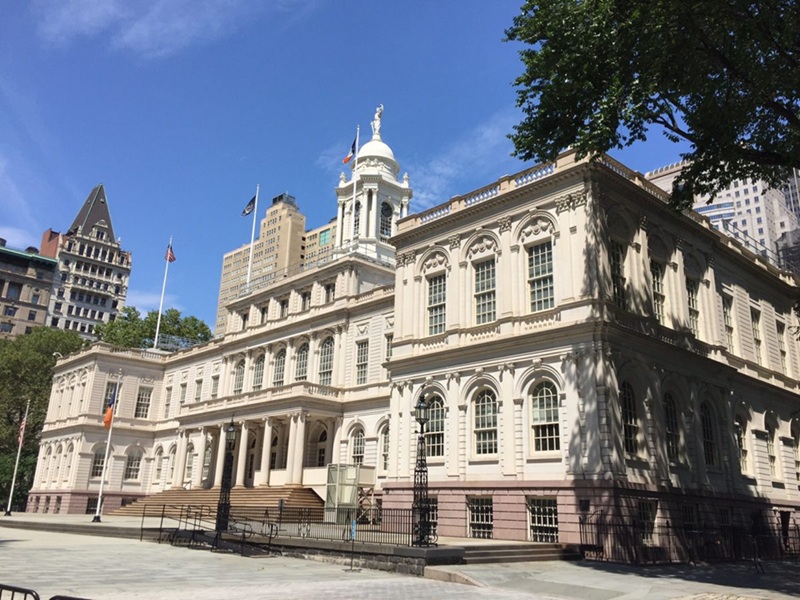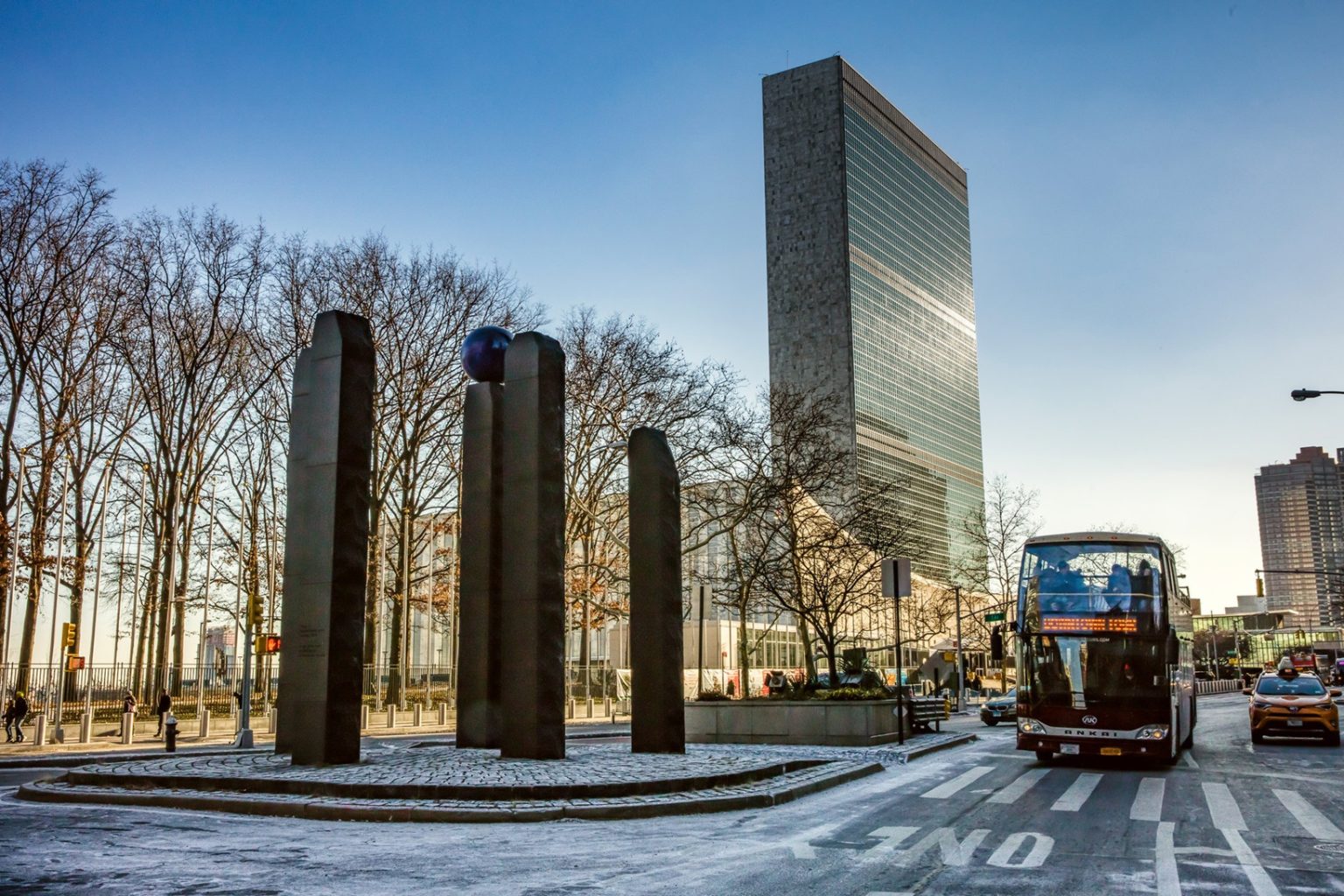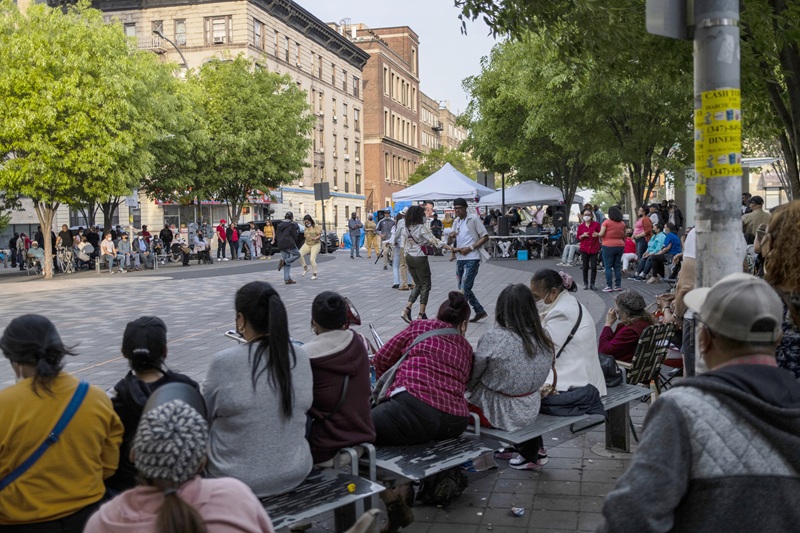
The Civic Center in Manhattan is one of New York City‘s most important neighborhoods, serving as the heart of the city’s government, legal, and financial operations. This area, located just south of City Hall and bordered by landmarks like the Brooklyn Bridge, is home to numerous significant institutions, including courthouses, government buildings, and municipal offices. With its rich history and central role in the workings of New York City, the Civic Center is not just a political and legal hub but also a place of architectural beauty and cultural significance.
A Hub of Government and Legal Institutions
The Civic Center is primarily known as the center of New York City’s government and legal operations. It houses several key government institutions, including:
- New York City Hall: Completed in 1812, New York City Hall is one of the oldest and most recognizable government buildings in the United States. Its French Renaissance-style architecture and prominent location make it a symbol of the city’s political history. City Hall serves as the office for the Mayor of New York City and is the venue for important government meetings and events.
- Federal and State Courthouses: The Civic Center is home to several significant legal buildings. The United States Courthouse at Foley Square is one of the key federal courthouses in the city and houses the U.S. District Court for the Southern District of New York. In addition, the New York County Supreme Court, located at 60 Centre Street, is part of the New York State court system and deals with cases at the county level. These courthouses are critical in the functioning of the city’s legal system, handling everything from civil and criminal cases to appeals and legal disputes.
- The Municipal Building: A massive Beaux-Arts building that towers over the Civic Center, the Municipal Building serves as the headquarters for several city agencies and provides office space for the Mayor’s office, the City Clerk, and other municipal departments. Built in 1914, it is a stunning example of early 20th-century government architecture and is listed on the National Register of Historic Places.
- The State Supreme Court: Located in the heart of the Civic Center, the New York State Supreme Court plays an essential role in New York’s judicial system. Although the name may suggest it is the highest court in the state, it is actually the trial-level court for many civil and criminal cases. Its imposing, neoclassical building at 60 Centre Street is a notable landmark in the area.
Architectural Significance
The Civic Center is home to some of New York City’s most beautiful and historically significant buildings. These structures not only serve functional purposes but also reflect the city’s development as a center of politics, law, and culture.
- City Hall Park: At the center of the Civic Center lies City Hall Park, a green space that dates back to the early 17th century. The park is flanked by City Hall, the New York County Courthouse, and other prominent buildings. It serves as a peaceful public space amid the dense urban environment and features a fountain, monuments, and landscaped gardens. The park is a place where visitors and city workers alike can relax or gather, and it frequently serves as the site of rallies and protests.
- The Brooklyn Bridge Entrance: Just to the south of the Civic Center is the entrance to the Brooklyn Bridge, one of the city’s most famous landmarks. The bridge, which connects Manhattan and Brooklyn, has both historical and practical significance, and its proximity to the Civic Center underscores the area’s connection to the city’s development and infrastructure.
- The Tweed Courthouse: Another notable architectural gem in the Civic Center is the Tweed Courthouse, named after the notorious 19th-century political boss William “Boss” Tweed. Completed in 1881, this Romanesque Revival-style building served as the headquarters for the city’s courts before becoming a municipal office building. The courthouse was the site of political corruption and scandal in the early 20th century and remains an important historical building today.
The Role of Civic Center in New York City’s Government
The Civic Center plays a critical role in the daily functioning of New York City’s government. It is home to the administrative offices of the Mayor, key legal institutions, and essential municipal agencies, all of which contribute to the day-to-day operation of the city. Additionally, it is a place where political decisions are made and where major legal battles, such as those involving the city or state government, are fought.
In terms of governance, the Civic Center is the home of New York City Hall, where the mayor’s office is located, and it is where the City Council holds its meetings. The buildings around the Civic Center are essential for the operation of local government services, including city planning, public works, housing development, and community services.
Moreover, the Civic Center is a site for citywide initiatives and major legal proceedings. The courthouses handle high-profile criminal cases, civil disputes, and constitutional challenges that have a far-reaching impact on the lives of New Yorkers and the policies enacted by the city.
Economic and Social Impact
Beyond government functions, the Civic Center area has significant economic and social impact on New York City. As a dense concentration of legal, governmental, and office-based institutions, the Civic Center contributes to the economic vitality of the city. Thousands of employees work in the area, including government officials, lawyers, judges, and clerks. The businesses that serve them, including restaurants, cafes, and professional services, contribute to the local economy.
The Civic Center is also home to a diverse and dynamic community of workers and residents, with some areas undergoing revitalization in recent years. The neighborhood around the Civic Center has seen an increase in residential development, and its proximity to downtown Manhattan and major transportation hubs makes it an attractive location for those seeking a more affordable yet central place to live.
Challenges and Controversies
The Civic Center is not without its challenges. As a site of government power and legal authority, it is also a place of political and social contention. Protests and public demonstrations are a common sight around City Hall and the courthouses, with citizens and advocacy groups using the space to voice concerns on issues ranging from government policies to legal injustices.
Additionally, the area faces challenges related to urbanization and development. Balancing the preservation of its historic landmarks with the pressures of modernization and rising property values is an ongoing issue, as developers seek to build new office and residential spaces.
Conclusion
The Civic Center in Manhattan is more than just the seat of New York City’s legal and governmental operations. It is a symbol of the city’s rich history, architectural beauty, and dynamic future. As a focal point for the city’s political life and legal proceedings, it continues to play a vital role in shaping New York’s direction and governance. With its blend of historic landmarks, government offices, and vibrant public spaces, the Civic Center remains an essential and influential part of the city’s urban landscape.

